A rare genetic mutation known as APOE3-R136S, or the “Christchurch mutation,” appears to protect against Alzheimer’s disease by suppressing inflammatory signaling in the brain’s immune cells.
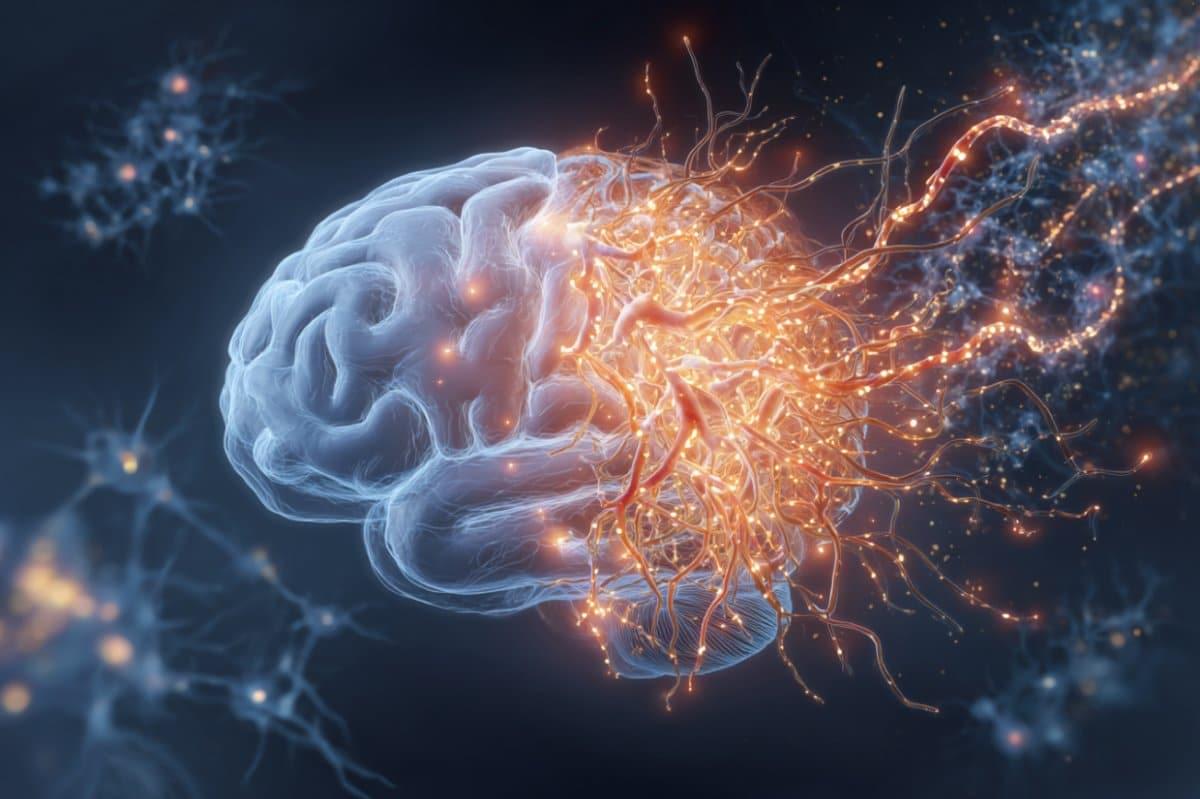

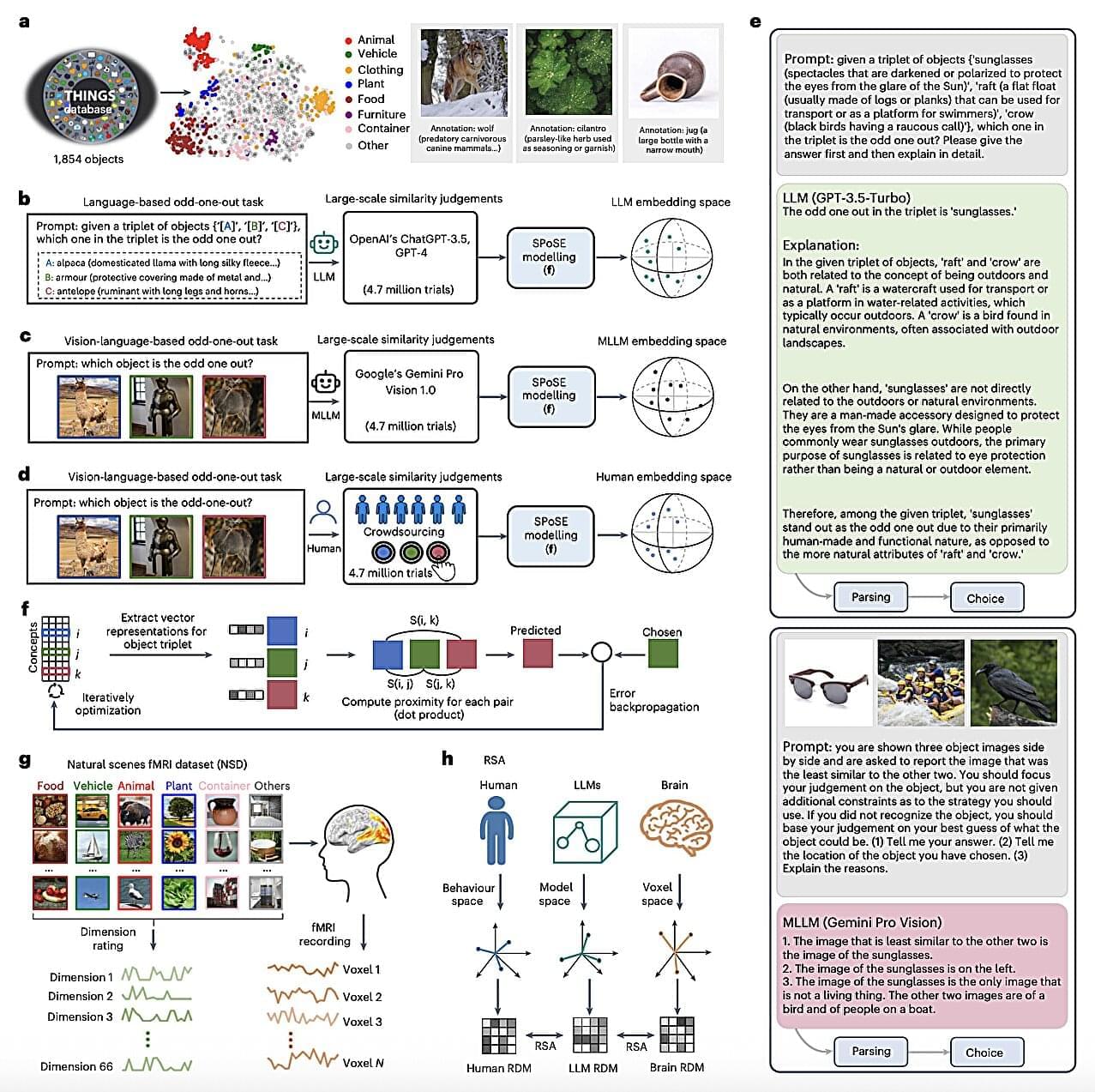
A better understanding of how the human brain represents objects that exist in nature, such as rocks, plants, animals, and so on, could have interesting implications for research in various fields, including psychology, neuroscience and computer science. Specifically, it could help shed new light on how humans interpret sensory information and complete different real-world tasks, which could also inform the development of artificial intelligence (AI) techniques that closely emulate biological and mental processes.
Multimodal large language models (LLMs), such as the latest models underpinning the functioning of the popular conversational platform ChatGPT, have been found to be highly effective computational techniques for the analysis and generation of texts in various human languages, images and even short videos.
As the texts and images generated by these models are often very convincing, to the point that they could appear to be human-created content, multimodal LLMs could be interesting experimental tools for studying the underpinnings of object representations.
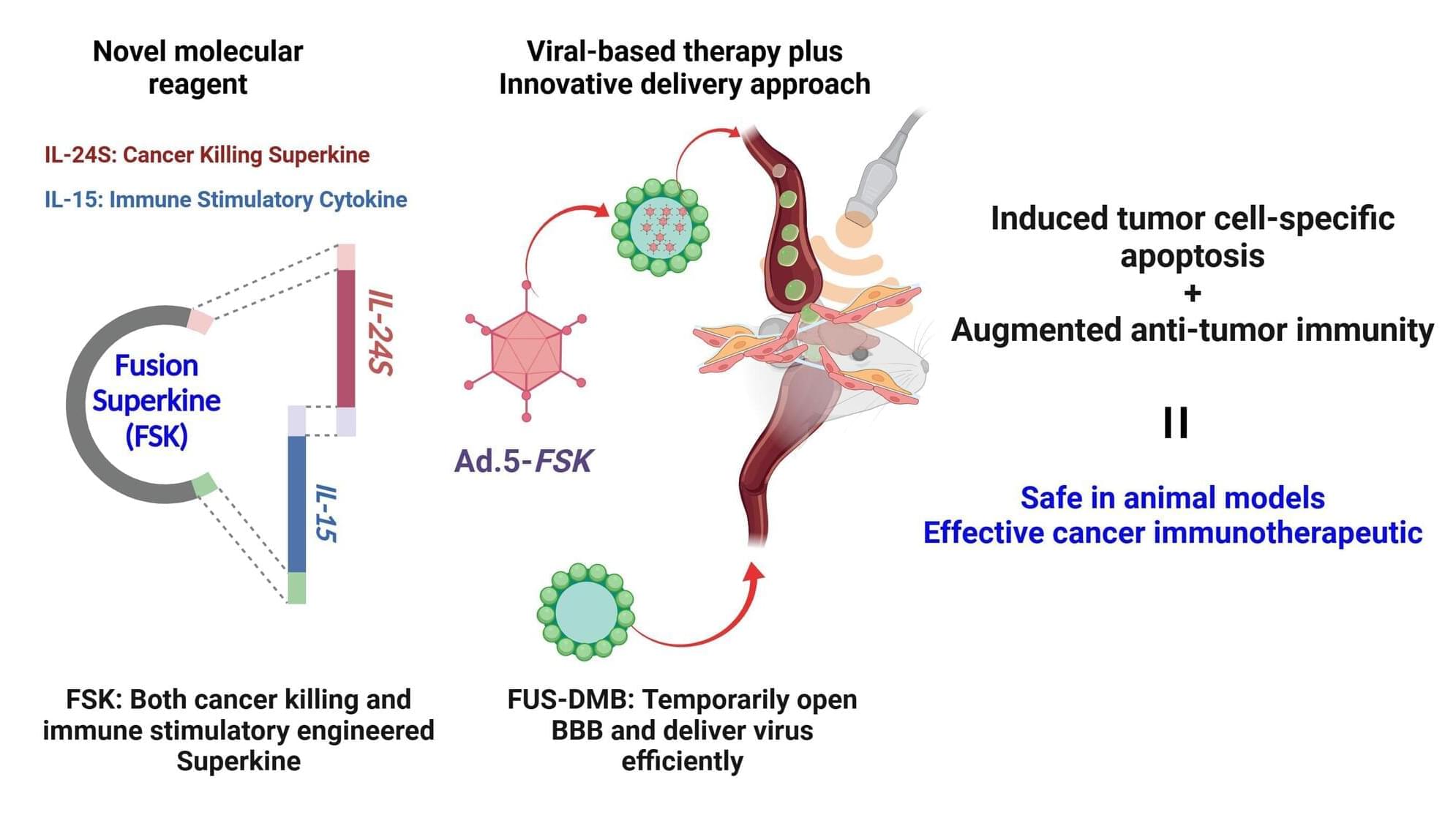
Researchers at VCU Massey Comprehensive Cancer Center and the VCU Institute of Molecular Medicine (VIMM) have discovered a new and potentially revolutionary way to treat glioblastoma (GBM), the most aggressive type of brain cancer, which currently has no curative treatment options.
In a study led by Paul B. Fisher, MPh, Ph.D., FNAI, and Swadesh K. Das, Ph.D., recently published in the Journal for ImmunoTherapy of Cancer, researchers created a new molecule that demonstrates the ability to introduce a combination of treatment outcomes—direct toxicity and immunotoxicity—to kill the tumor while exploiting immunotherapy to potentially prevent the recurrence of GBM. The new molecule, a fusion superkine (FSK), contains dual-acting therapeutic cytokines in a single molecule.
“This is the tip of the iceberg,” said Dr. Fisher, the Thelma Newmeyer Corman Endowed Chair in Cancer Research at Massey, director of the VIMM and professor in the Department of Cellular, Molecular and Genetic Medicine. “We’re optimistic that our first trial in brain cancer, planned for 2026, will show that the IL-24 gene and these therapeutic viruses are effective and safe. And [the FSK] will be the one knocking it out of the ballpark.
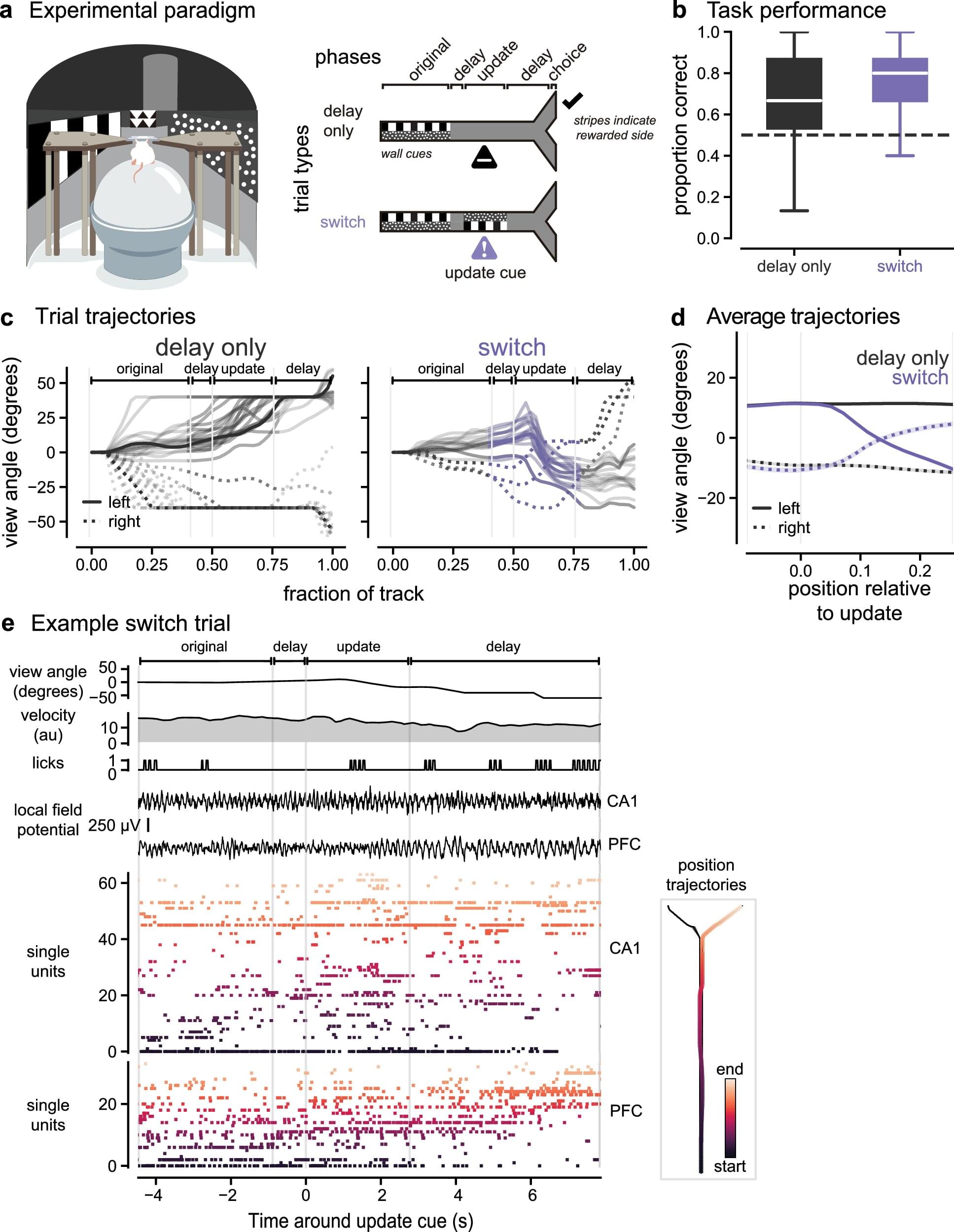
In a paper published in the journal Nature Communications, biomedical engineers have shown how two brain regions quickly adapt to shift focus from one planned destination to another.
Stephanie Prince explains her research with a scenario many Atlantans can relate to. Imagine you’re driving to the Atlanta airport to pick up a friend. They call to say they’re in the terminal—but they’re not sure which one. North, maybe? You head in that direction through the maze of roads around the airport.
Then they call back. They’re actually in the South Terminal. So you make a quick mental adjustment and switch your route to arrive at the correct side of the airport.
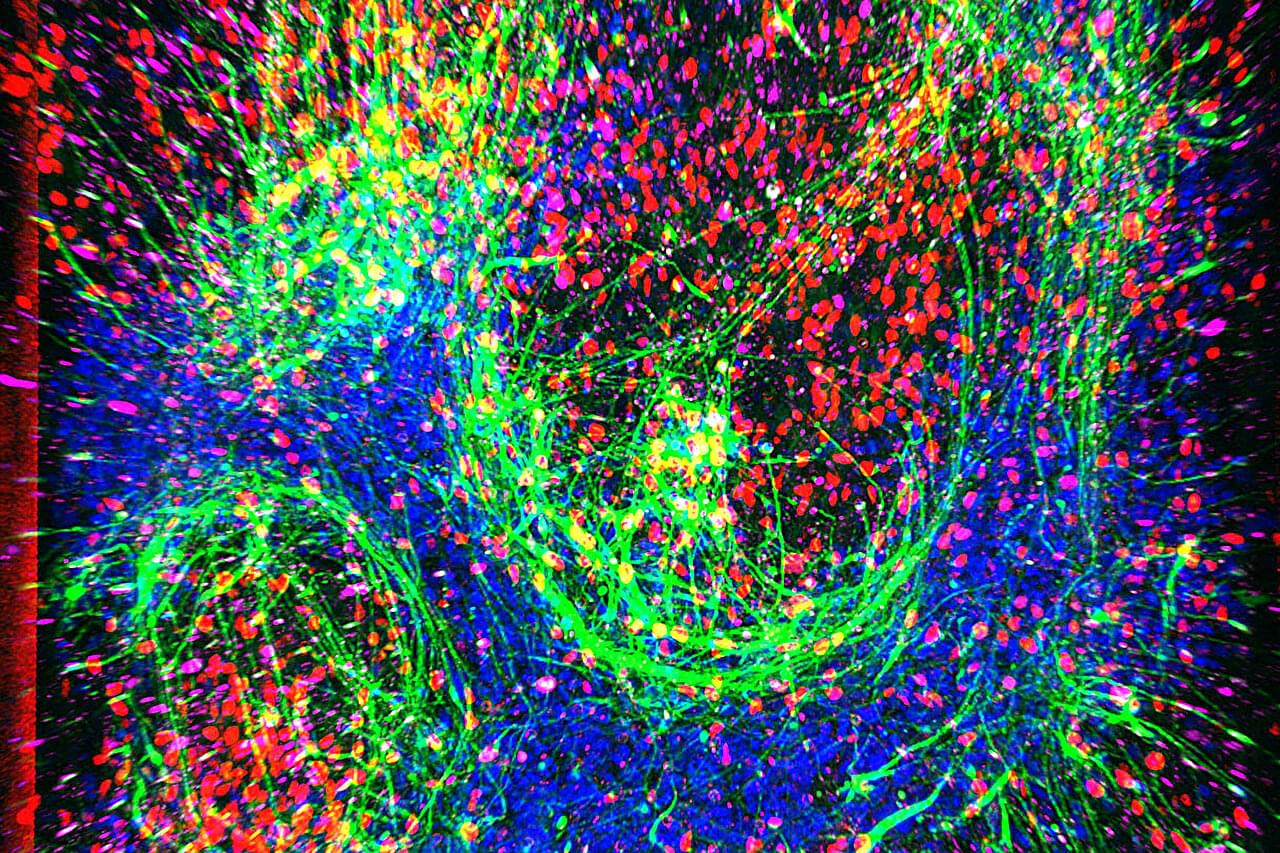
Using stem cells from patients with ALS (amyotrophic lateral sclerosis), Cedars-Sinai has created a lifelike model of the mysterious and fatal disease that could help identify a cause of the illness as well as effective treatments.
In a study published in the journal Cell Stem Cell, investigators detail how they created “ALS on a chip” and the clues the specialized laboratory chip has already produced about nongenetic causes of the disease, also known as Lou Gehrig’s disease.
The work builds on previous studies where adult cells from ALS patients were reverted into stem cells. The cells were then pushed forward to produce motor neurons, which die in the disease, causing progressive loss of the ability to move, speak, eat and breathe.
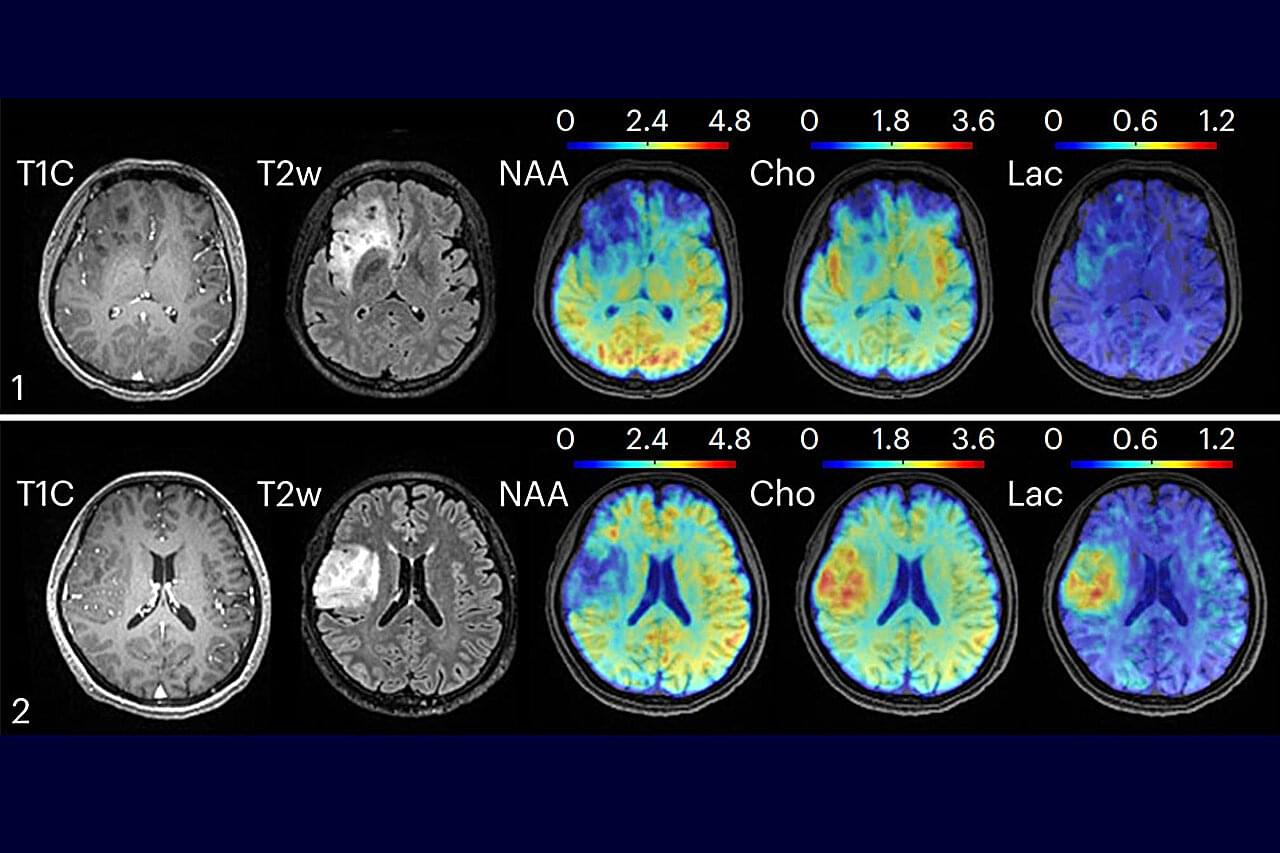
A new technology that uses clinical MRI machines to image metabolic activity in the brain could give researchers and clinicians unique insight into brain function and disease, researchers at the University of Illinois Urbana-Champaign report. The non-invasive, high-resolution metabolic imaging of the whole brain revealed differences in metabolic activity and neurotransmitter levels among brain regions; found metabolic alterations in brain tumors; and mapped and characterized multiple sclerosis lesions—with patients only spending minutes in an MRI scanner.
Led by Zhi-Pei Liang, a professor of electrical and computer engineering and a member of the Beckman Institute for Advanced Science and Technology at the U. of I., the team reported its findings in the journal Nature Biomedical Engineering.
“Understanding the brain, how it works and what goes wrong when it is injured or diseased is considered one of the most exciting and challenging scientific endeavors of our time,” Liang said. “MRI has played major roles in unlocking the mysteries of the brain over the past four decades. Our new technology adds another dimension to MRI’s capability for brain imaging: visualization of brain metabolism and detection of metabolic alterations associated with brain diseases.”
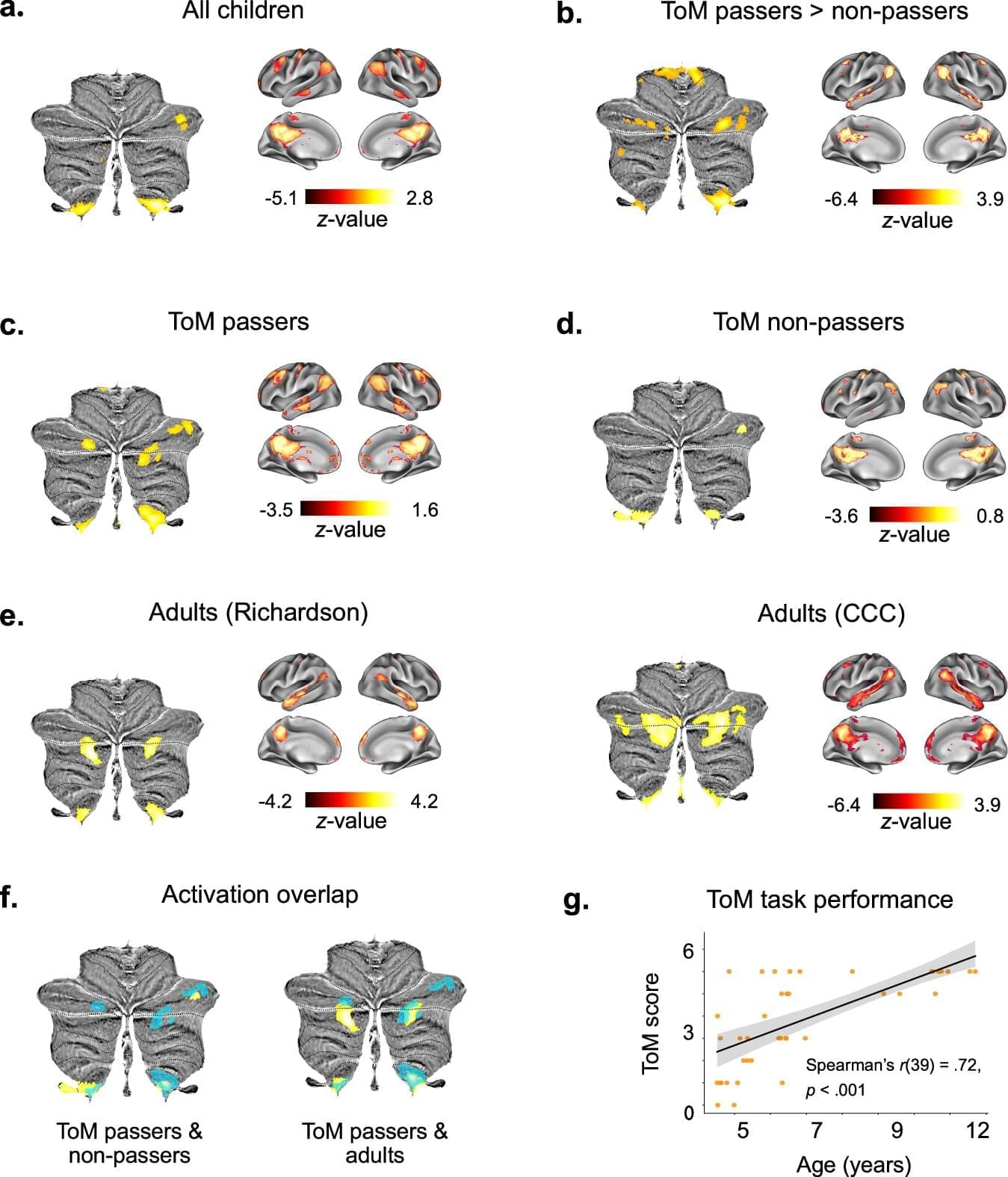
We can’t see what other people are thinking, so we have to infer it and that’s very crucial for our communication as humans. That’s how we create shared meaning and that’s how we choose our words to be understood, a kind of mental empathy.
A pivotal milestone in the development of Theory of Mind reasoning occurs between the ages of 3 and 5 years, a breakthrough period in which children typically start succeeding in false-belief tasks, widely regarded as a critical test of Theory of Mind abilities. These tasks require children to recognize false beliefs held by a story character, typically in the context of the character’s mental misrepresentations regarding an object’s location, content, or nature. Successfully passing false-belief tasks is argued to reflect the emergence of representations of others’ mental states.
To find out more about this critical period where social cognition evolves, scientists from the Max Planck Institute for Human Cognitive and Brain Sciences used collected data from 41 children between 3 and 12 years old.

Researchers at Weill Cornell Medicine report that a rare gene mutation that delays Alzheimer’s disease does so by damping inflammatory signaling in brain-resident immune cells in a preclinical study. The finding adds to growing evidence that brain inflammation is a major driver of neurodegenerative disorders such as Alzheimer’s—and that it may be a key therapeutic target for these disorders.
In their study “The R136S mutation in the APOE3 gene confers resilience against tau pathology via inhibition of the cGAS-STING-IFN pathway,” in Immunity, the investigators examined the effects of the mutation APOE3-R136S—known as the “Christchurch mutation”—which was recently found to delay hereditary early-onset Alzheimer’s. The scientists showed that the mutation inhibits the cGAS-STING pathway, an innate immune signaling cascade that is abnormally activated in Alzheimer’s and other neurodegenerative diseases. The researchers found that pharmacologically blocking the cGAS-STING pathway with a drug-like inhibitor replicated key protective effects of the mutation in a preclinical model.
“This is an exciting study because it suggests that inhibiting this cGAS-STING pathway could make the brain more resistant to the Alzheimer’s process, even in the face of significant tau accumulation,” said study senior author Li Gan, PhD, the Burton P. and Judith B. Resnick Distinguished Professor in Neurodegenerative Diseases and director of the Helen and Robert Appel Alzheimer’s Disease Research Institute at Weill Cornell Medicine.
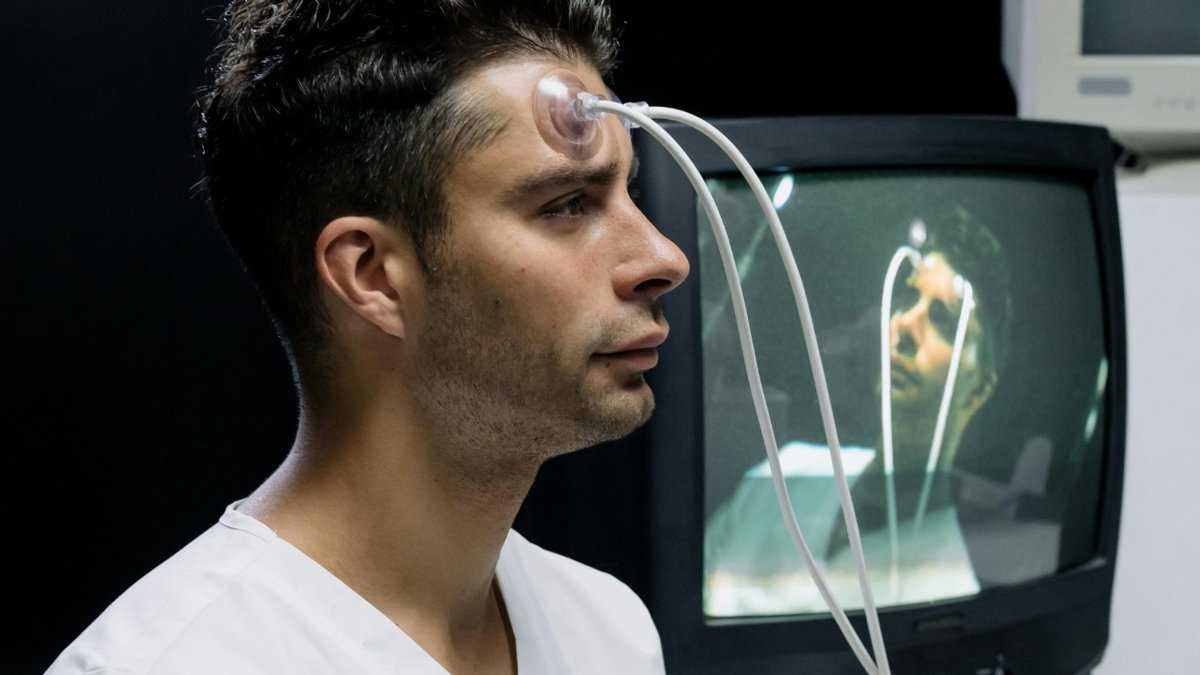
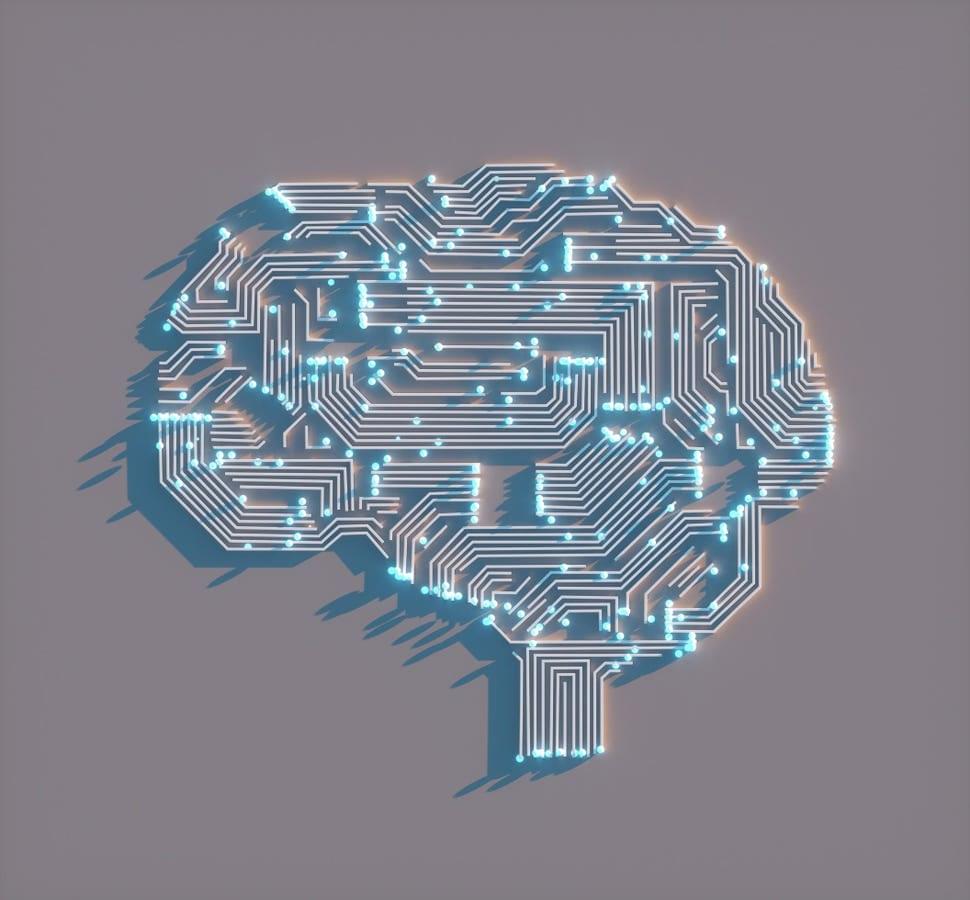
There’s also the risk of neuro-exploitation. In a world where disadvantaged individuals might rent out their mental processing to make ends meet, new forms of inequality could emerge. The cognitive gig economy might empower people to earn money with their minds, but it could also commoditize human cognition, treating thoughts as labor units. If the “main products of the 21st-century economy” indeed become “bodies, brains and minds,” as Yuval Noah Harari suggests, society must grapple with how to value and protect those minds in the marketplace.
Final Thoughts
What steam power and electricity were to past centuries, neural interfaces might be to this one—a general-purpose technology that could transform economies and lives. For forward-looking investors and executives, I recommend keeping a close eye on your head because it may also be your next capital asset. If the next era becomes one of connected minds, those who can balance bold innovation with human-centered ethics might shape a future where brainpower for hire could truly benefit humanity.